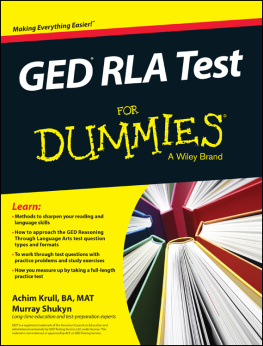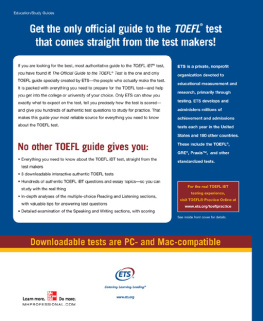
THE
OFFICIAL
ACT
READING GUIDE
ACT
Copyright 2020 by ACT, Inc. All rights reserved.
Published by John Wiley & Sons, Inc., Hoboken, New Jersey.
Published simultaneously in Canada.
No part of this publication may be reproduced, stored in a retrieval system, or transmitted in any form or by any means, electronic, mechanical, photocopying, recording, scanning, or otherwise, except as permitted under Section 107 or 108 of the 1976 United States Copyright Act, without either the prior written permission of the Publisher, or authorization through payment of the appropriate per-copy fee to the Copyright Clearance Center, Inc., 222 Rosewood Drive, Danvers, MA 01923, (978) 750-8400, fax (978) 646-8600, or on the Web at www.copyright.com. Requests to the Publisher for permission should be addressed to the Permissions Department, John Wiley & Sons, Inc., 111 River Street, Hoboken, NJ 07030, (201) 748-6011, fax (201) 748-6008, or online at http://www.wiley.com/go/permissions.
Trademarks: Wiley and the Wiley logo are trademarks or registered trademarks of John Wiley & Sons, Inc. in the United States and other countries. All other trademarks are the property of their respective owners.
Limit of Liability/Disclaimer of Warranty: While the publisher and author have used their best efforts in preparing this book, they make no representations or warranties with respect to the accuracy or completeness of the contents of this book and specifically disclaim any implied warranties of merchantability or fitness for a particular purpose. No warranty may be created or extended by sales representatives or written sales materials. The advice and strategies contained herein may not be suitable for your situation. You should consult with a professional where appropriate. Neither the publisher nor author shall be liable for any loss of profit or any other commercial damages, including but not limited to special, incidental, consequential, or other damages.
For general information on our other products and services or for technical support, please contact our Customer Care Department within the United States at (800) 762-2974, outside the United States at (317) 572-3993 or fax (317) 572-4002.
Wiley publishes in a variety of print and electronic formats and by print-on-demand. Some material included with standard print versions of this book may not be included in e-books or in print-on-demand. If this book refers to media such as a CD or DVD that is not included in the version you purchased, you may download this material at http://booksupport.wiley.com. For more information about Wiley products, visit www.wiley.com.
ACT endorses the Code of Fair Testing Practices in Education and the Code of Professional Responsibilities in Educational Measurement, guides to the conduct of those involved in educational testing. ACT is committed to ensuring that each of its testing programs upholds the guidelines in each Code. A copy of each Code may be obtained free of charge from ACT Customer Services. (70), P.O. Box 1008, Iowa City, IA 522431008, 3193371429.
No part of this publication may be reproduced or transmitted in any form or by any means, electronic or mechanical, including photocopy, recording, or any information storage or retrieval system, without permission in writing from ACT, Inc. Inquiries concerning this publication should be mailed to:
ACT Publications
P.O. Box 168
Iowa City, Iowa 522430168
ISBN 978-1-119-63455-3 (paper)
ISBN 978-1-119-63490-4 (ePub)
Cover design: Wiley
Introduction
The ACT tests measure your understanding of what youve been taught in core high school courses. This guide will help you succeed on the ACT reading test. Reading is a skill you have been practicing throughout your academic career. You read in different ways for different purposes. For example, you read a novel for your English literature course differently than you read a history textbook, and you read a novel for pleasure differently from you read one for your English course.
The following chapters contain questions taken from actual ACT reading tests that are aimed at enhancing your understanding of the knowledge and skills needed to succeed on the exam. Each question is followed by a detailed explanation of the answer. Chapters are organized by question type and passage type, which should help you see the patterns among the questions. Using this guide will help you become familiar with the content of the ACT reading test and the procedures youll follow when youre actually taking the test. It also provides strategies for approaching the questions and content-specific test-taking tips.
This guide will help remind you of what you have already learned about reading and will likely teach you new skills and concepts as well. We hope this guide helps you identify your strengths and improve areas of weakness so you can show all that you know on your ACT reading test.
Chapter 1:
An Overview of the ACT Reading Test
Passage Types
Passages fall into four main types: literary narrative, humanities, social science, and natural science. These passage types each have conventions for form and content. Each section is followed by 10 questions that generally follow the order of the passage. You have 8 minutes and 45 seconds for each of the four sections. The test comprises four sections, three of which contain one long prose passage. The fourth section presents two shorter passages with some questions that require you to compare and contrast them. These two texts will belong to one of the four passage types. For example, this section may contain two literary narrative excerpts on the topic of travel. Every test will have one paired passage, and it can occur anywhere in the test. The following table shows the percentage of each type of passage on the test. There are 40 questions to answer in 35 minutes.
| Reading Content | Percentage of Test | Number of Questions |
| Literary Narrative | | |
| Humanities | | |
| Social Science | | |
| Natural Science | | |
Literary Narrative
The literary narrative passages are excerpts from novels or short stories. Literary narrative does not include poems or scripts from plays. The excerpts typically include two to three characters. These passages focus primarily on characterization developed through the dialogue, actions, and thoughts relayed through the narrator. Though a conflict may be established at some point in the narrative, there is rarely a full story arc with a climax or resolution. Typically, a passage introduces only the characters. Most passages end with what might be considered a cliff hanger. Some insights are revealed about the dynamics between the characters but very little action takes place. Though many literary narrative passages begin at a point of change in a characters life, the characters tend to remain static without underdoing dramatic changes over the course of the passage.
Humanities and Social Science Passages
Humanities and social science passages tend to address human beings and their relationships with one another, the world around them, and their shared history. Humanities passages range from excerpts of memoirs to articles about the Indian film industry. Social science passages cover topics such as politics, architecture, and sustainability. Both humanities and social science passages tend to be structured in a traditional thesis-driven essay format with a clear thesis at the end of the introduction and topic sentences that begin each body paragraph by reviewing the content of those paragraphs and how that content supports the thesis.
Next page

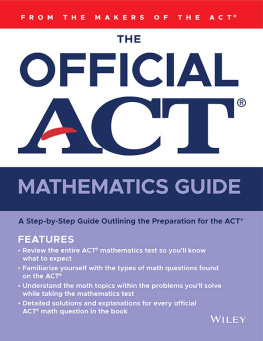
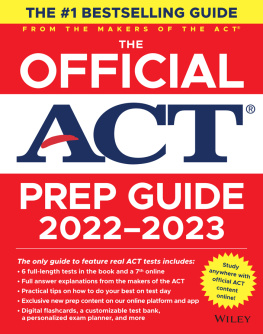
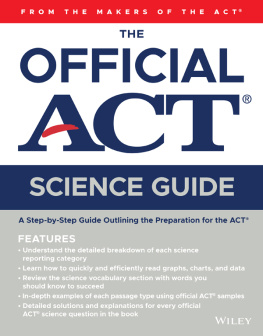
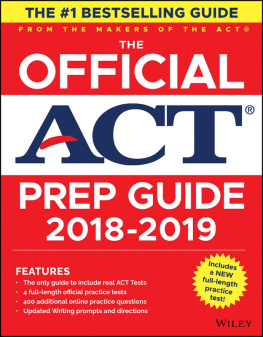
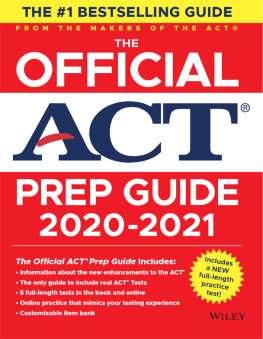

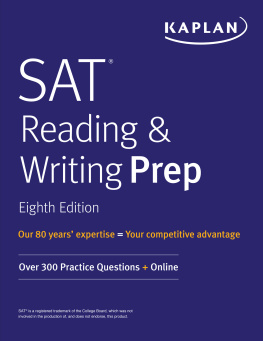
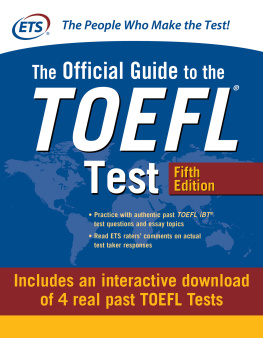
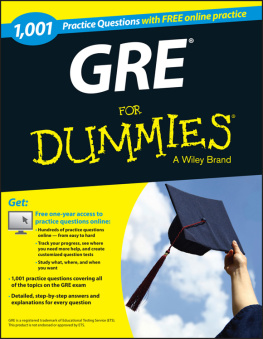
![ACT - The official ACT prep guide, [2018]: [the only official Prep Guide from the Makers of the ACT]](/uploads/posts/book/164684/thumbs/act-the-official-act-prep-guide-2018-the.jpg)
